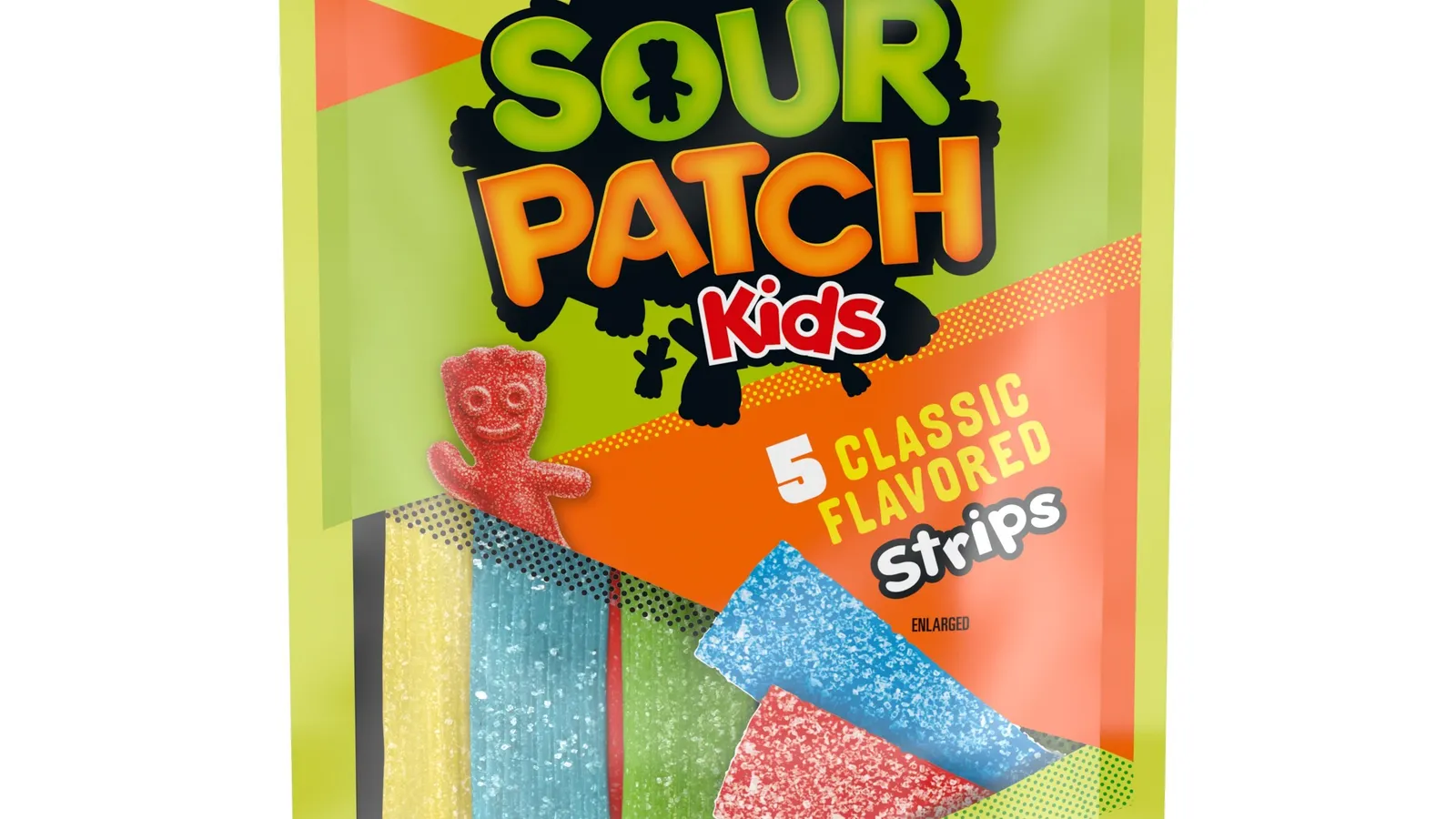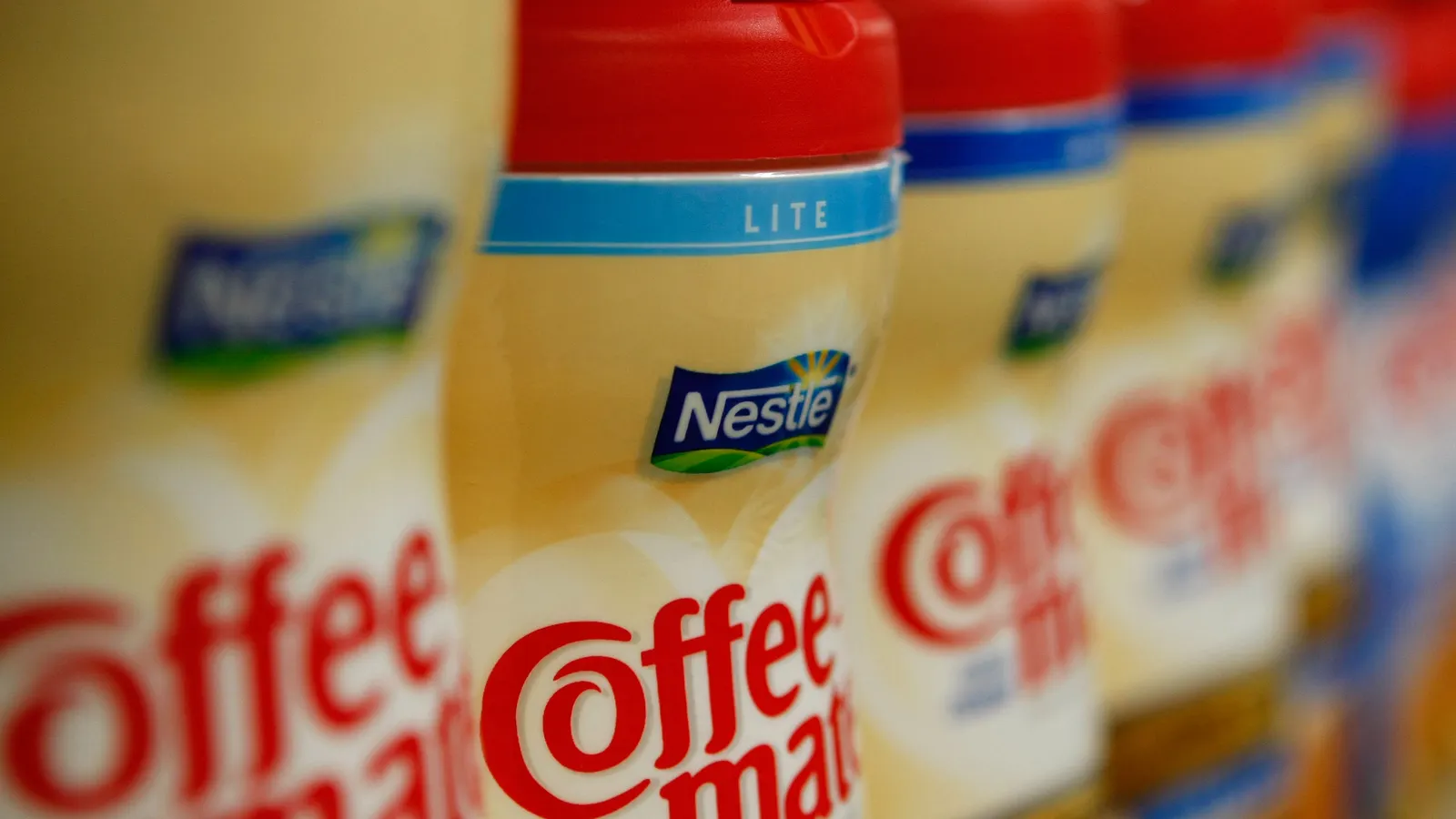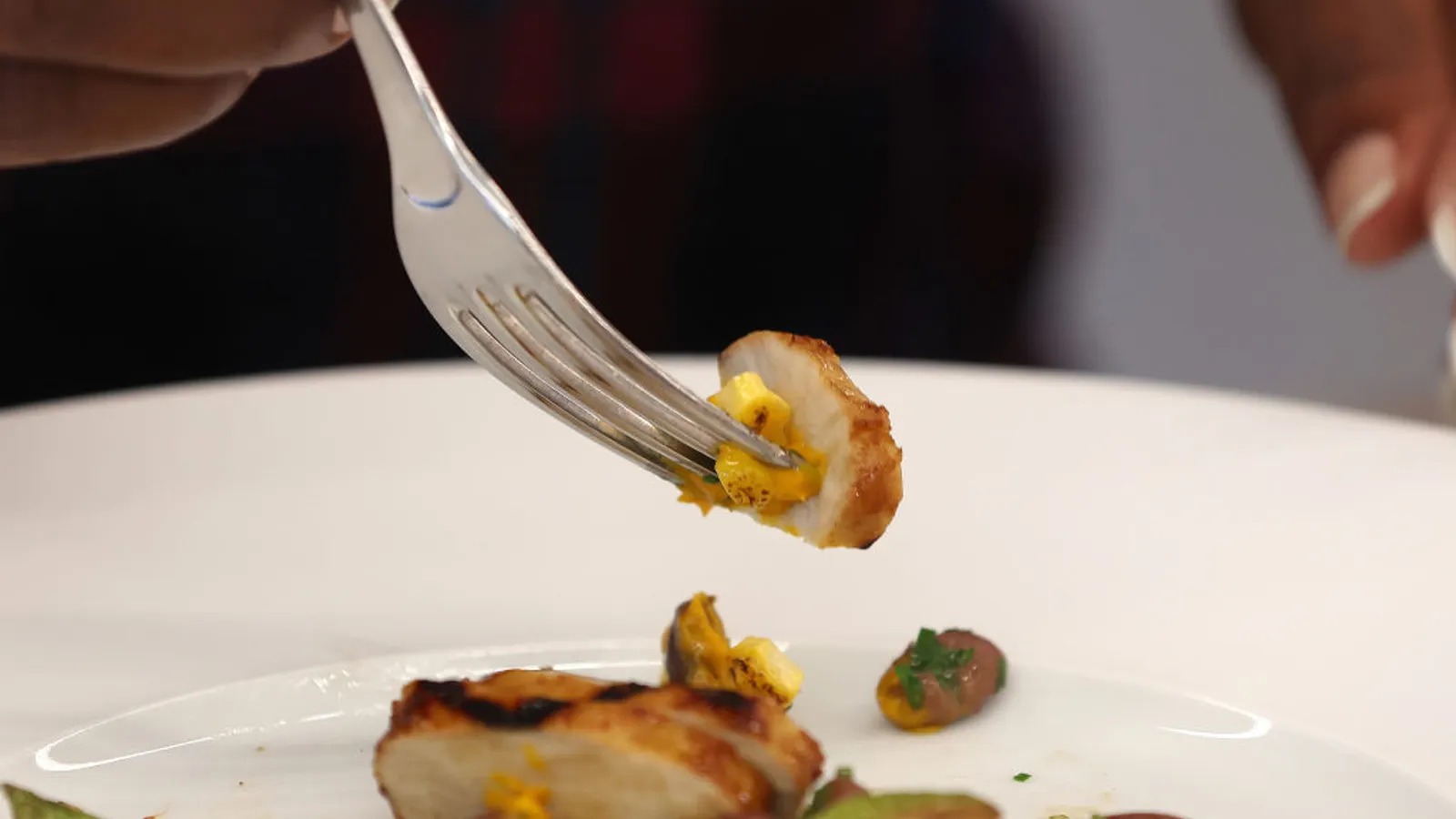
The FAO and WHO are facing increasing demands for scientific evaluations at a time when there has been a “significant” reduction in donor funding.
The Joint FAO/WHO Expert Committee on Food Additives (JECFA) secretariat dis at the latest meeting of the Codex Committee on Contaminants in Foods.
A JECFA meeting in June addressed food additives, while the October 2025 meeting will assess arsenic only, due to World Health Organization (WHO) budgetary constraints. This means the planned evaluation of dioxins has been deferred. Financial limitations also led to postponement of the veterinary drug residue meeting.
Activities of JECFA are supported by WHO and primarily rely on extra-budgetary resources from governmental agencies of WHO member states. However, a significant reduction in donor contributions for scientific advisory activities has led to a need to reduce JECFA operations. In May this year, the United States and Argentina revealed plans to withdraw support from WHO.
The JECFA secretariat said the committee’s work was currently resource-limited. There was a willingness to collaborate with countries eager to provide support, to speed up work and address requests as promptly as possible.
“It is premature to speculate on developments for 2026; however, WHO will need to evaluate the possibility of assessing fewer food additives and may also consider a reduction in the frequency and duration of future JECFA meetings in general.”
It was previously disclosed that the Codex Trust Fund was experiencing “serious financial constraints” and that funding was insufficient to implement the program as planned. Limited support had allowed completion of some ongoing projects, but new initiatives could not start, and several active projects were paused.
Contaminant decisions
The Codex committee met in Bangkok, Thailand, at the end of June. Discussions covered lead in spices, cadmium, pyrrolizidine alkaloids, and mycotoxins.
A proposed maximum level of 2.5 mg/kg for lead in spices and dried bark and of 2 mg/kg for lead in culinary herbs, dried was put forward for a final decision by the Codex Alimentarius Commission meeting in November. India and China wanted higher maximum limits.
Production of a code of practice for the prevention and reduction of cadmium contamination in foods, led by the United States, is ongoing.
When discussing sampling plans for total aflatoxins and ochratoxin A in certain spices, a sample size of 200-gram was rejected in favor of a size of 100-gram due to the high value of spices. Work on the maximum level and associated sampling plan for total aflatoxins in ready-to eat peanuts was discontinued.
The committee agreed to start work on a revised code of practice for weed control to prevent and reduce pyrrolizidine alkaloid contamination in food and feed, subject to approval by the Codex Alimentarius Commission.
A code of practice to prevent and reduce tropane alkaloids contamination in food and feed as well as one on Ochratoxin A in dried fruits were also suggested.
As part of a priority list of contaminants for evaluation by JECFA, attendees discussed ethylene oxide, cadmium and lead in yerba mate, and delays to bisphenol A work.
Several discussion papers will be produced including the maximum level for methylmercury in tuna, food safety aspects of recycled plastics in food packaging, and on T-2, HT 2, 4,15-diacetoxyscirpenol (DAS) and ergot alkaloids.
(To sign up for a free subscription to Food Safety News, click here)






